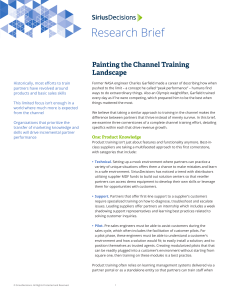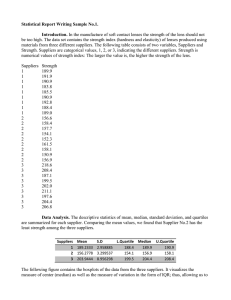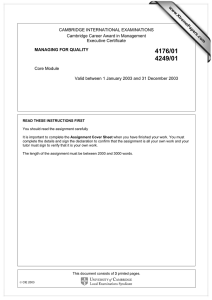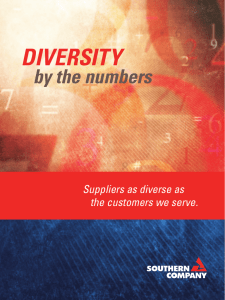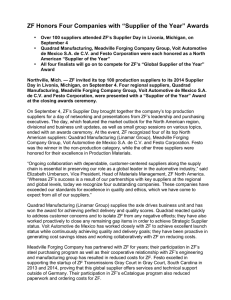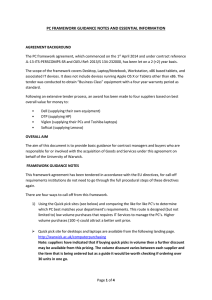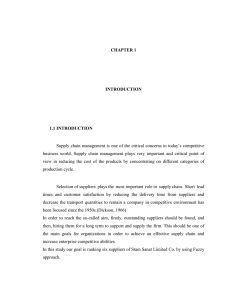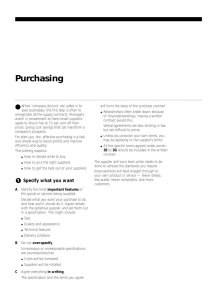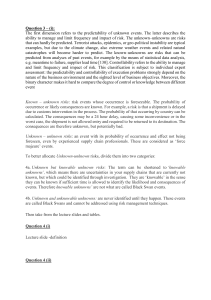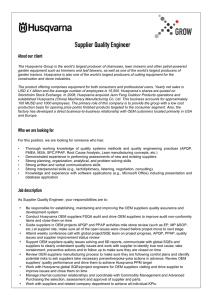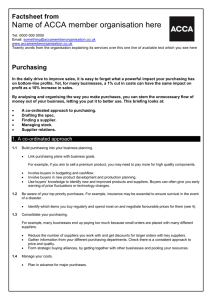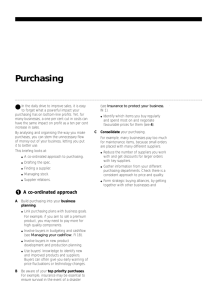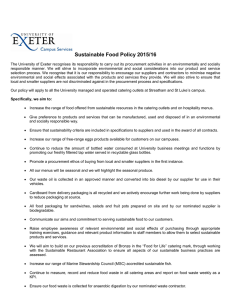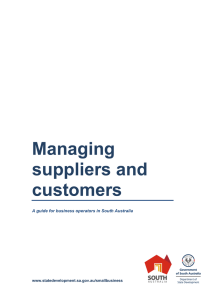M The Weakest Link industry
advertisement
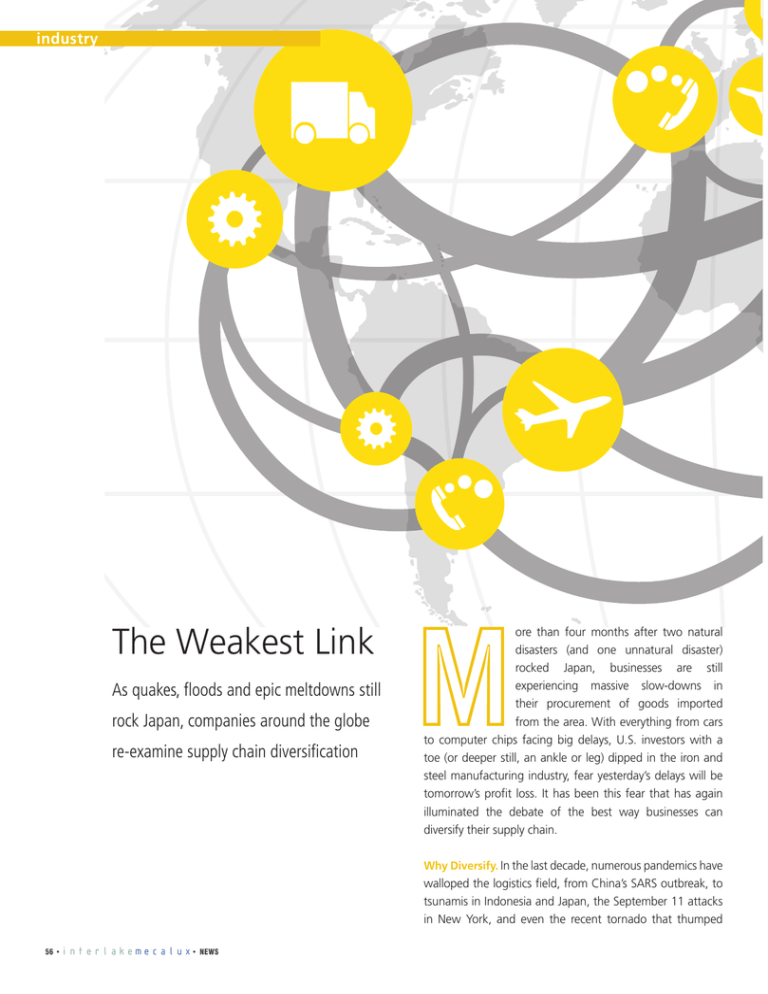
industry The Weakest Link As quakes, floods and epic meltdowns still rock Japan, companies around the globe re-examine supply chain diversification M ore than four months after two natural disasters (and one unnatural disaster) rocked Japan, businesses are still experiencing massive slow-downs in their procurement of goods imported from the area. With everything from cars to computer chips facing big delays, U.S. investors with a toe (or deeper still, an ankle or leg) dipped in the iron and steel manufacturing industry, fear yesterday’s delays will be tomorrow’s profit loss. It has been this fear that has again illuminated the debate of the best way businesses can diversify their supply chain. Why Diversify. In the last decade, numerous pandemics have walloped the logistics field, from China’s SARS outbreak, to tsunamis in Indonesia and Japan, the September 11 attacks in New York, and even the recent tornado that thumped 56 •interlakemecalux• NEWS across the Southeast United States. According to Bierce & Kenerson, P.C., a business and technology law firm specializing in outsourcing and commercial transactions, in events such as these, 40 percent of both workforce and end-users with ties to these disaster zones risk grinding to a standstill. Remaining flexible during a choke in supplier production is the best and sometimes only way to avoid the 40 percent halt. Preparing a supply chain to be flexible for any challenge the market bears is a multi-pronged strategy not only to subvert breaks in the chain, but also to weigh options between delivery speed and cost. Although disaster can cripple an unprepared company, it isn’t as common a problem as shortages at supplier facilities. Companies may need to tap into its chain diversity if their main supplier is overloaded, a seasonal bump in demand requires a quicker turnaround on delivery and an order is tardy, or if the company itself is running behind on orders. Multi- sourcing one’s supply chain is not a new idea, and despite the assurance that disasters will eventually strike, many companies remain undecided on the best way to divide and hedge their suppliers. Method Motivation. An abundance of suppliers does not necessarily signify supply chain diversity. It is the role each of these suppliers play and the geographic proximity in which they play it that determines the effectiveness of such variance. Within each supply chain, a well-diversified company will have multiple suppliers providing them the same or similar goods in areas disassociated from one another on the map, so as to ensure a regional disaster such as inclement weather doesn’t hit a company’s plan A, plan B and plan C all at once. Legacy suppliers often remain the primary source of goods even after diversification; otherwise it makes little sense for them to have been a legacy supplier interlakemecalux• NEWS • 57





